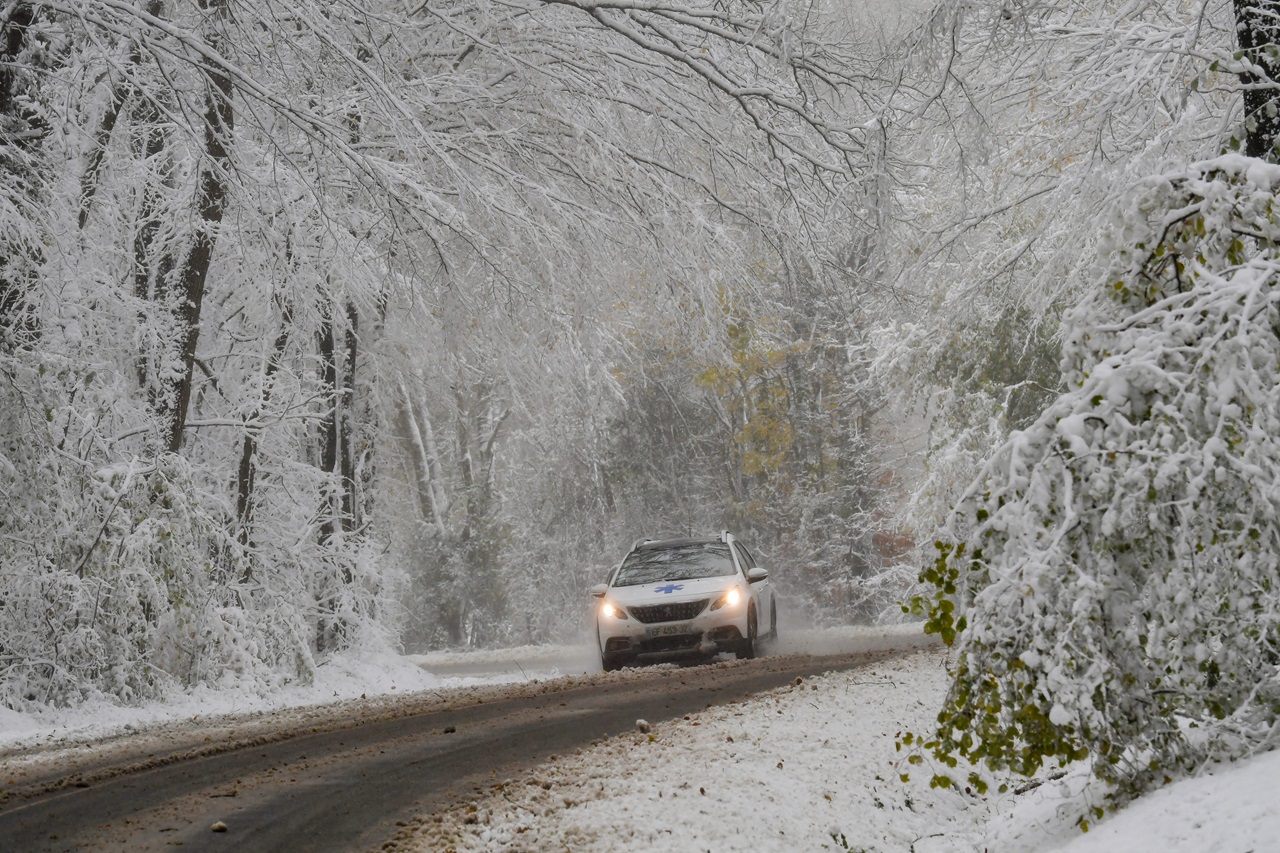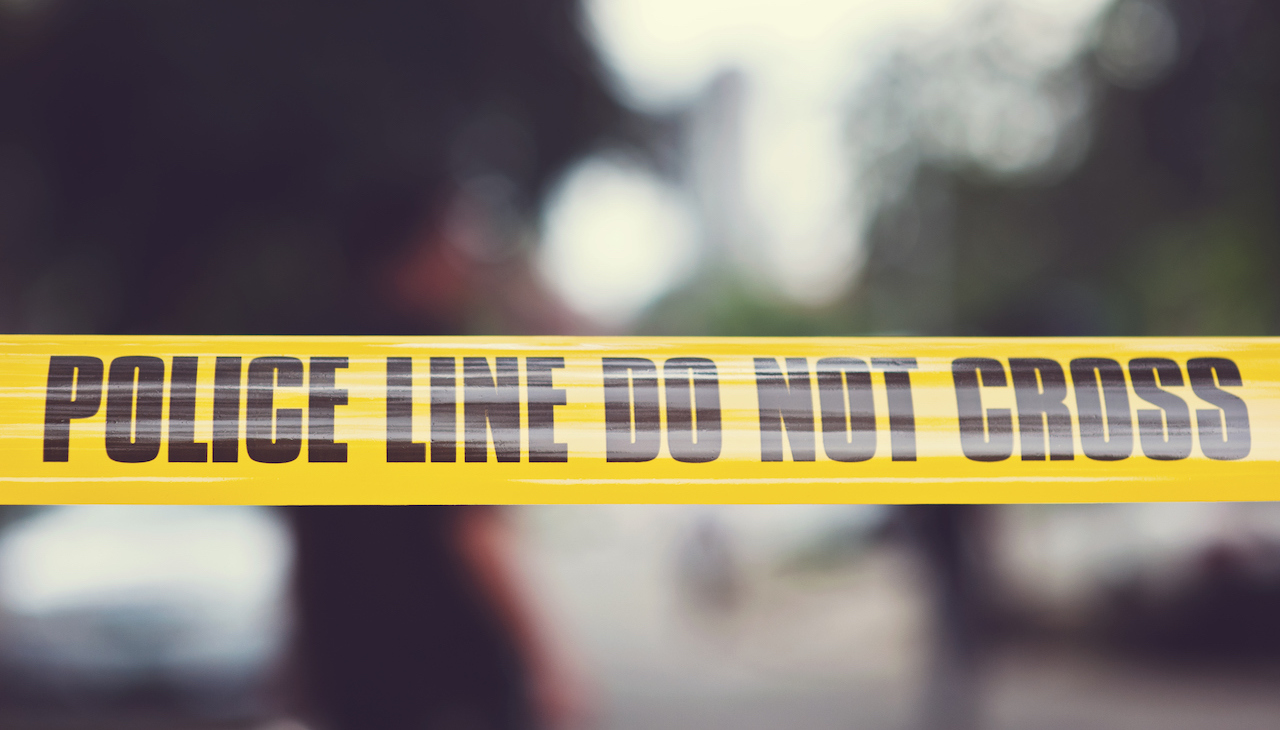
‘Under One Sky: Reflecting Immigrant Communities,’ the Photographs of Harvey Finkle, 1982-2018
Artistic Director of Casa de Duende, David Acosta, is the curator of the newest exhibition from the Fleisher Art Memorial, Under One Sky: Reflecting Immigrant Communities, the Photographs of Harvey Finkle, 1982-2018. It is a retrospective of the four decades work of Philly-based photographer Harvey Finkle, who has captured the essence of different communities, including the ever growing immigrant communities in Philly and across the country since the 1970s.
Finkle has captured this, in addition to political movements, and the broad spectrum of human emotions with his astute eye for the visual arts.
Immigration historically and still is an ongoing issue that makes headlines and dominates politics in the United States and worldwide, as refugees, exiles, and huge displaced populations leave their home countries in pursuit of better lives and opportunities for them and their families. This year in particular, with DACA’s future at risk, and a border crisis, it is a huge polzaring topic that has become a debate among politicians and American citizens as midterm elections are less than a month away.

Under One Sky, brings a usually-missing human element to the topic with Finkle’s photographs.
He has used the power of the camera to document the lives of immigrants, their families, and communities as they become U.S. citizens as well as them celebrating and clinging to their respective cultural traditions they use to keep in touch with what they were forced to leave behind. In the process, the exhibit reveals the similarities between different immigrants despite their differences in background, and heritage, all while trying to achieve the same thing — peace and a better future.
Finkle has had his work exhibited in a number of galleries and institutions, including the Institute of Contemporary Art, The Painted Bride Center, the National Museum of American Jewish History, and Cornell University. Finkle’s photographs are in private and public collections, including the Free Library of Philadelphia, The Newseum, and the School of Social Policy and Practice at the University of Pennsylvania.
In a sit down conversation with AL DÍA, Finkle, who is also an army veteran that served in between wars from 1953 to 1955, said he had taken pictures during that time, but it was not until the late 1960s when he saw the work of famous photographer Harry Callahan, and in part was inspired by a close friend of his who was also an artist, that he really decided to take on photography full time.
“In the beginning, you do what everybody does when you learn how to photograph, you take pictures of your kids, different things, and walk the streets. Having been involved politically, I began to move into doing social change,” Finkle said.
Early on, Finkle got a grant to document the resettlement of the Indo-Chinese in Philadelphia and spent two years documenting the new Hmong, Vietnamese, Laotian and Cambodian communities. Then through a friend, he was able to take pictures of Jewish survivors of the Holocaust. It was then that Finkle realized the similarities between different migrant groups.
“What I found interesting is here are some people that came through this horrendous experience, and put their lives together. I was interested in how they put their lives together,” said Finkle. “It sort of translates to people coming up from Central America, Mexico, and immigrants in general. They give up where they came from, and they come here, and they have to reestablish their seams and they do it.”
Finkle went on to call the rebuilding of their lives “an amazing accomplishment,” and what motivated him to continue telling their stories.
When posed a question about what has changed in regards to the immigrant communities in Philly over the course of the last four decades, Finkle spoke about the progress that’s made from generation to generation as more roots are put down. Not only are individuals established in their communities, but they get involved. That translates to the next generation.
“They raise their families, their kids go to school, kids come out as professionals, some learn different crafts to do,” he said.
Finkle has also photographed immigrant families and their communities during times of community celebrations, religious observances, instances of political advocacy, protests, rites of passage, dance, and play. When asked how these individuals initially reacted to being photographed by him, he said they were very welcoming. In some instances, he was taken in and was fed and has kept close ties with some subjects.
The curator, Acosta in collaboration with Finkle, arranged the photos thematically in an effort to not segregate groups by ethnicity, while showcasing 17 immigrant communities living in different Philly neighborhoods. It is broken down by, for instance, by faith, and education. Finkle spoke more about what that does in regards to the viewers experience.
“You will understand that we're integrated. It provides some sense of integration, which leads to the title, Under One Sky,” he said.

As far as what Finkle hopes people will take away from the exhibit, he hopes people will further understand the immigrant experience and its realities.
“I hope they realize the struggle. This is not something that's going to go away. This is here. This is today and almost 100 million more immigrants are roaming the world. Hopefully they'll get involved with some of the things.There's a lot of legal help that needs to be done,” Finkle said. “I hope it impresses them that these people contribute something to what we have here, and they always have, including their mothers, fathers and grandparents.”
Under One Sky is at Fleisher’s Dene M. Louchheim Galleries until Nov. 5, 2022.








DEJE UN COMENTARIO:
¡Únete a la discusión! Deja un comentario.